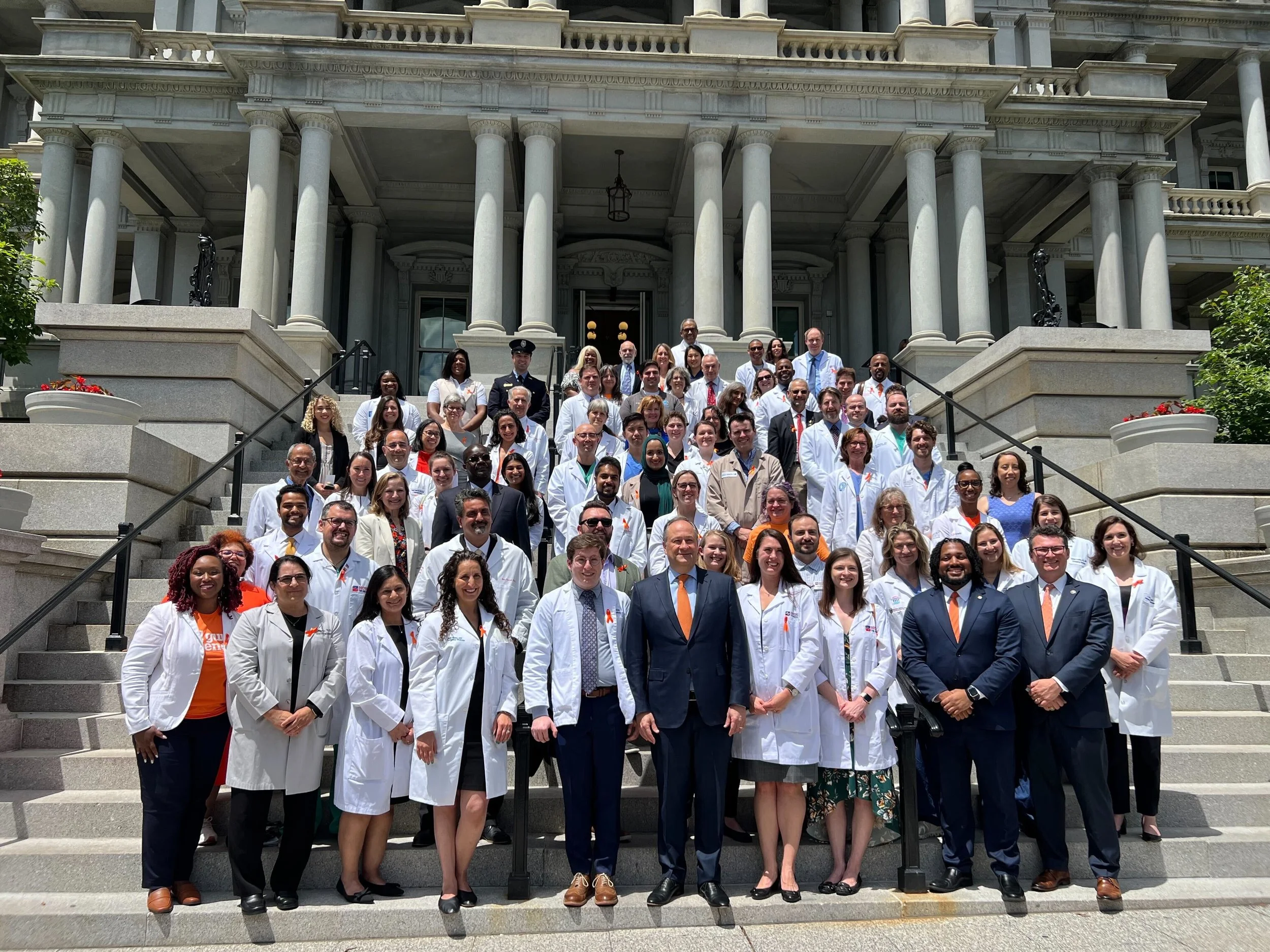Education on Firearm Injury Prevention Policy
SAFE supports evidence-based policy that promotes responsible firearm ownership while respecting the second amendment. To decrease the devastating loss of life attributable to firearm injuries, we urge policy-makers to enact and enforce:
Comprehensive Child Access Prevention (CAP) Laws, also known as Safe Storage Laws, which prevent children from accessing firearms
Additional education about home safety for firearm owners in homes with children
A minimum safe firearm storage requirement for all firearm owners
Learn About Your State’s Secure Storage Laws
Map Key
Secure Storage Grade:
A - CAP law applies ages 18 and under AND if child could access firearm AND requires secure storage of firearm when not under immediate control of user.
B - CAP law applies ages 18 and under AND if child could access firearm; NO required safe storage of firearm when not under user’s immediate control.
C - CAP law applies ages 18 and under BUT only after child accesses the firearm.
D - CAP law below the age of 18 AND if the child could access the firearm.
E - CAP law below age 18 AND only after child accesses firearm.
F - No CAP Law
Education on Policy Series:
University of Wisconsin School of Medicine and Public Health
Pilot Efforts
This 6-part series will prepare medical students and healthcare professionals to be knowledgeable and effective advocates for evidence-based secure firearm storage and child access prevention policies.
Think critically and independently about the secure storage law in your state
Articulate: Should my state law be changed? If so, why and how?
Medical Students at the University of Wisconsin School of Medicine and Public Health.
Did You Miss It?
Watch Session IV, hosted by the SAFE chapter student leaders at the University of Wisconsin School of Medicine and Public Health and the Medical College of Wisconsin, will be an educational and feedback session on communicating with legislators who are likely to be supportive of improving secure storage law and how to engage them.
Session I: February 17, 2025
Current state of affairs in the US regarding secure firearm storage laws, (federal laws and range of state laws) giving learners a framework and resources to evaluate their state’s law.
Session II: March 28, 2025
Education on the evidence that secure storage laws work followed by a discussion of how to use that in messaging.
Session III: April 21, 2025
Coaching on tone and the power of storytelling, sharing anecdotes, perseverance, and how it relates to the importance of relationship building with legislative aides.
Session IV: September 17, 2025
Educational and feedback session on communicating with legislators who are likely to be supportive of improving secure storage law and how to engage them.
-
Morral, A. R. et al. The Science of Gun Policy. (2018). Available at: https://www.rand.org/pubs/research_reports/RR2088.html. (Accessed: 16th July 2018)
Implementation of background checks has been shown to reduce firearm suicides and homicides.
Child-access prevention laws have demonstrated reductions in self-inflicted fatal or nonfatal firearm injuries amongst youth.
Webster DW, Wilson ME, Duggan AK, et al. Parents’ beliefs about preventing gun injuries to children. Pediatrics. 1992; 89(5 Pt 1):908–914.
Parent firearm owners often have unrealistic perceptions of children’s capabilities and behavioral tendencies with regard to guns.
Grossman, David C., et al. "Gun storage practices and risk of youth suicide and unintentional firearm injuries." Jama 293.6 (2005)
Keeping gun locked and unloaded, and storing ammunition locked and in a separate location are associated with a protective effect on youth suicide and unintentional firearm injuries.
Shenassa ED, Rogers ML, Spalding KL, et al. Safer storage of firearms at home and risk of suicide: a study of protective factors in a nationally representative sample. J Epidemiol Community Health. 2004;58(10):841–848.
Those who stored firearms locked or unloaded were less likely to commit suicide by firearms.
Miller, Matthew, et al. "Firearm storage practices and rates of unintentional firearm deaths in the United States." Accident Analysis & Prevention 37.4 (2005): 661-667.
A disproportionately large share of unintentional firearm fatalities occurred in states where gun owners were more likely to store their firearms loaded or unlocked.
Giffords Law Center - To Prevent Gun Violence. “Annual Gun Law Scorecard”. https://giffords.org/lawcenter/resources/scorecard/
-
American Foundation for Firearm Injury Reduction in Medicine (AFFIRM)
Firearm Injury and Policy Research Program at the University of Washington
University of Colorado Boulder: Center for the Study of Violence and Prevention
Massachusetts General Hospital Center for Gun Violence Prevention
University of Michigan Institute for Firearm Injury Prevention
University of Texas Medical Branch Center for Violence Prevention
Kaiser Permanente Center for Gun Violence Research and Education
Violence Policy Center - Washington, D.C. - A national educational organization working to enhance firearm control policies and reduce firearm-related deaths.







